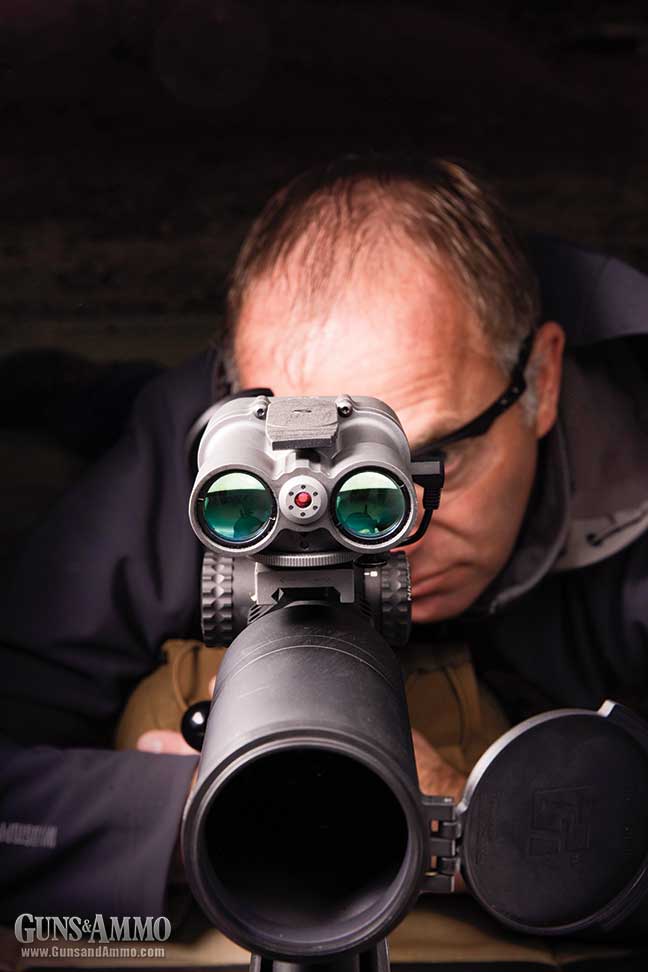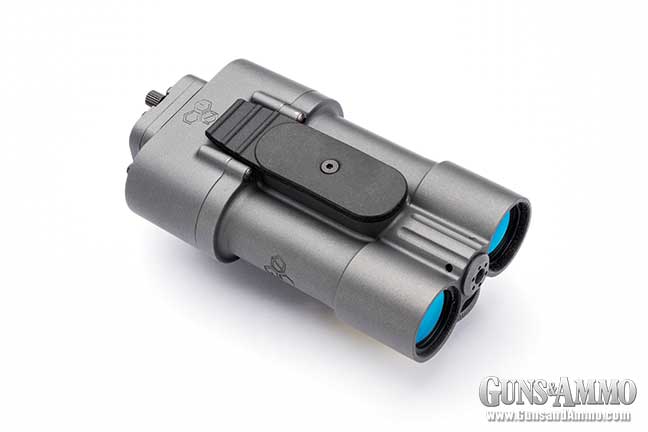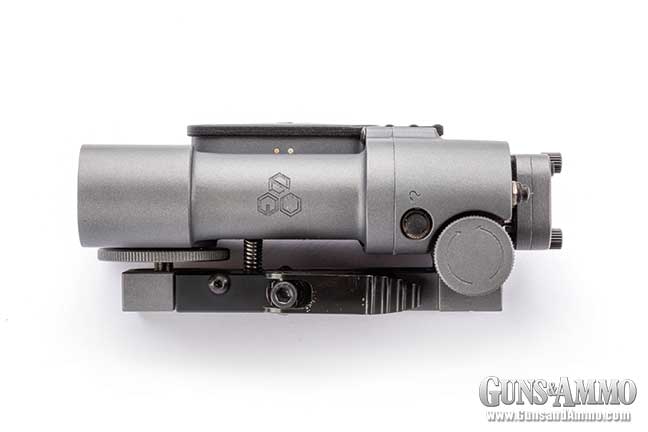Since getting into thermal, the whole judging distance (like I knew), has been an issue, not a big one, but it still lingers there.
From what I see, most guys who are heavy into night hunting seem to be running the SilencerCo Radius, or something to the like. But my head is having a hard time understand the geometry, physics, whatever you want to call it behind the process or theory on how it works.
I will try to explain my hang up, and you all correct me where I went wrong. I will say I'm not questioning the product either, I think enough people swear by it for it to be flawed, I just don't understand it.
So here I go. From what I see, the LRF mounts to the side of the rifle (in most cases from pics I see), and the theory is you sight that in with your optic. Much like sighting in your weapon sight for the first time. But here's where I'm lost. The LRF shoots a straight line beam from the side of the weapon to meet up with your optics cross hairs at whatever desired intersection point. For that to happen, lets say its mounted on the left side of your rifle, the beam needs to travel "cockeyed" right and up or whatever to meet your line of sight of the reticle at desired intersection point. Anything after that the beam keeps traveling right while your line of sight stays true.
So if you sight this in for say 200 yards, where is that beam at 700 yards, and how do you know if your hitting your desired object when it comes back with a reading?
Any info to correct my understanding would be greatly appreciated!
Thanks.
From what I see, most guys who are heavy into night hunting seem to be running the SilencerCo Radius, or something to the like. But my head is having a hard time understand the geometry, physics, whatever you want to call it behind the process or theory on how it works.
I will try to explain my hang up, and you all correct me where I went wrong. I will say I'm not questioning the product either, I think enough people swear by it for it to be flawed, I just don't understand it.
So here I go. From what I see, the LRF mounts to the side of the rifle (in most cases from pics I see), and the theory is you sight that in with your optic. Much like sighting in your weapon sight for the first time. But here's where I'm lost. The LRF shoots a straight line beam from the side of the weapon to meet up with your optics cross hairs at whatever desired intersection point. For that to happen, lets say its mounted on the left side of your rifle, the beam needs to travel "cockeyed" right and up or whatever to meet your line of sight of the reticle at desired intersection point. Anything after that the beam keeps traveling right while your line of sight stays true.
So if you sight this in for say 200 yards, where is that beam at 700 yards, and how do you know if your hitting your desired object when it comes back with a reading?
Any info to correct my understanding would be greatly appreciated!
Thanks.




